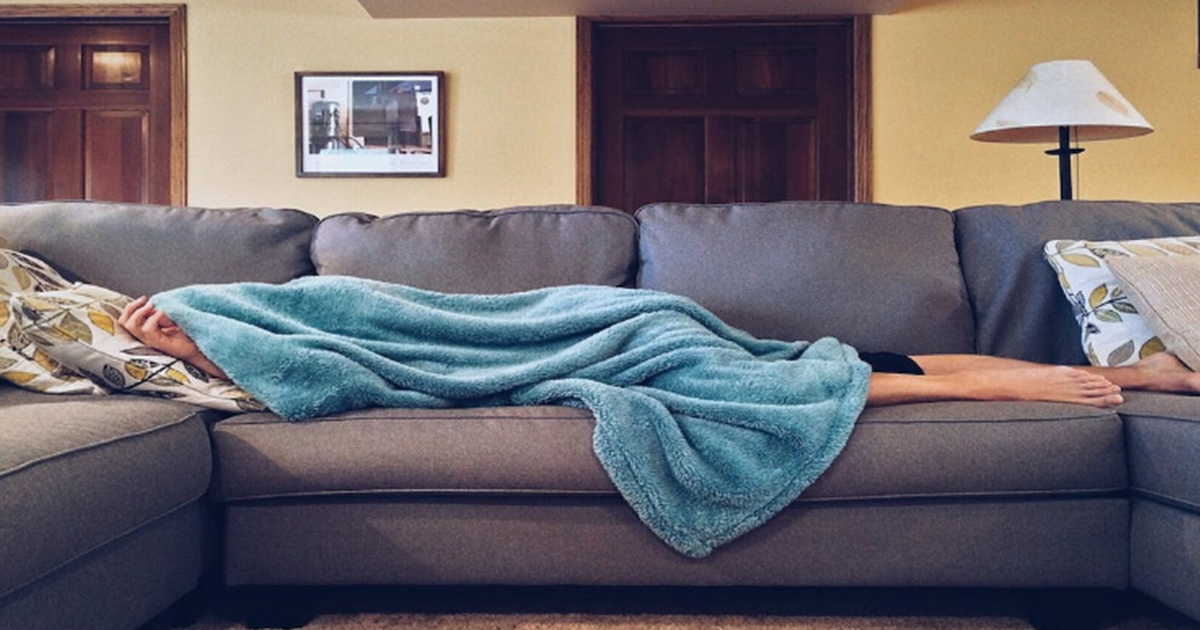Do you wake up frequently at night? Do you have a history of breathing and sleeping problems? Or have you been told that you snore while you’re sleeping?
If so, you may struggle with sleep-disordered breathing (SDB). SDB is a common problem that millions of people deal with throughout their lifetimes. However, just because it’s common doesn’t mean that it’s something you should have to endure. SDB can lead to serious health conditions without proper treatment or even shorten the lifespan. But what is sleep-disordered breathing, and what does it mean?
What are the signs and symptoms of sleep-disordered breathing?
Generally speaking, SDB is any type of abnormality that disrupts a person’s breathing while they sleep. Common symptoms of SDB are:
- Shallow breathing
- Talking, groaning, or moaning during sleep
- Shallow or infrequent breathing
- Obstruction of the upper airway
- Waking up frequently during the night
- Having trouble falling or staying asleep
How is sleep apnea related to sleep-disordered breathing?
Sleep apnea is a type of SDB in which a person completely stops breathing for short amounts of time while sleeping. A person could struggle to breathe for various lengths, ranging from once or twice during resting to every few minutes. Sleep apnea is not only one of the most common forms of SDB but is also extremely common in general. According to the American Medical Association, over 30 million people deal with it, and six million have an official diagnosis.
There are two types of sleep apnea: obstructive sleep apnea (OSA) and central sleep apnea (CSA). With OSA, the tissue in the back of the throat doesn’t function properly, causing a blockage. People with OSA may struggle with fatigue, restlessness, or snoring during the night. CSA happens when your brain does not communicate with the body through the central nervous system to breathe. This type of sleep apnea causes a person to wake up frequently while sleeping.
Who is at risk for sleep breathing disorders?
Regardless of the frequency or type, sleep apnea and other sleep-breathing disorders can cause significant problems if not treated. However, some people are more at risk than others. Older men carry the highest risk for SDB, although older adults generally have a higher chance of developing breathing problems while they sleep due to age.
Some other prevalent risk factors for SDB are:
- Being overweight or obese
- Having a narrow throat or thick neck
- A family history of SDB or sleep apnea
- Frequent nasal congestion
- Increased use of tobacco or alcohol products
- Smoking any substance
- Using opioid medications (short-term or long-term use)
- A history of strokes
- Having a diagnosis of heart disease, Parkinson’s disease, polycystic ovary syndrome, high blood pressure, or diabetes
Finding Treatment for Your Sleep-Disordered Breathing
If you’re at risk for SDB, getting evaluated as soon as possible is crucial. Early intervention can prevent your SDB condition from becoming more severe, along with preventing any other health problems resulting from SDB. Dr. Nassar, Dr. Festic, and the rest of the Jacksonville Sleep Center team are ready to help you tackle any problem related to your sleep-breathing disorder. Schedule an appointment with us today to start getting the rest you deserve.






